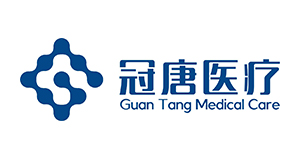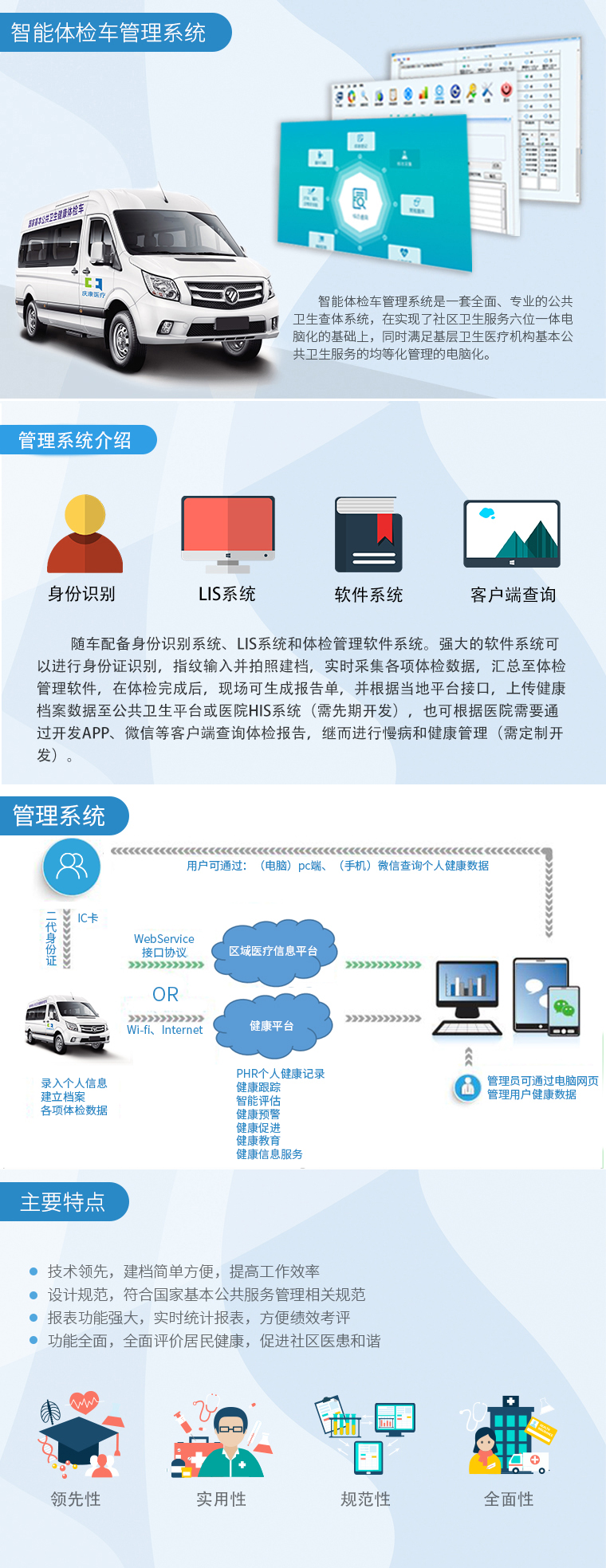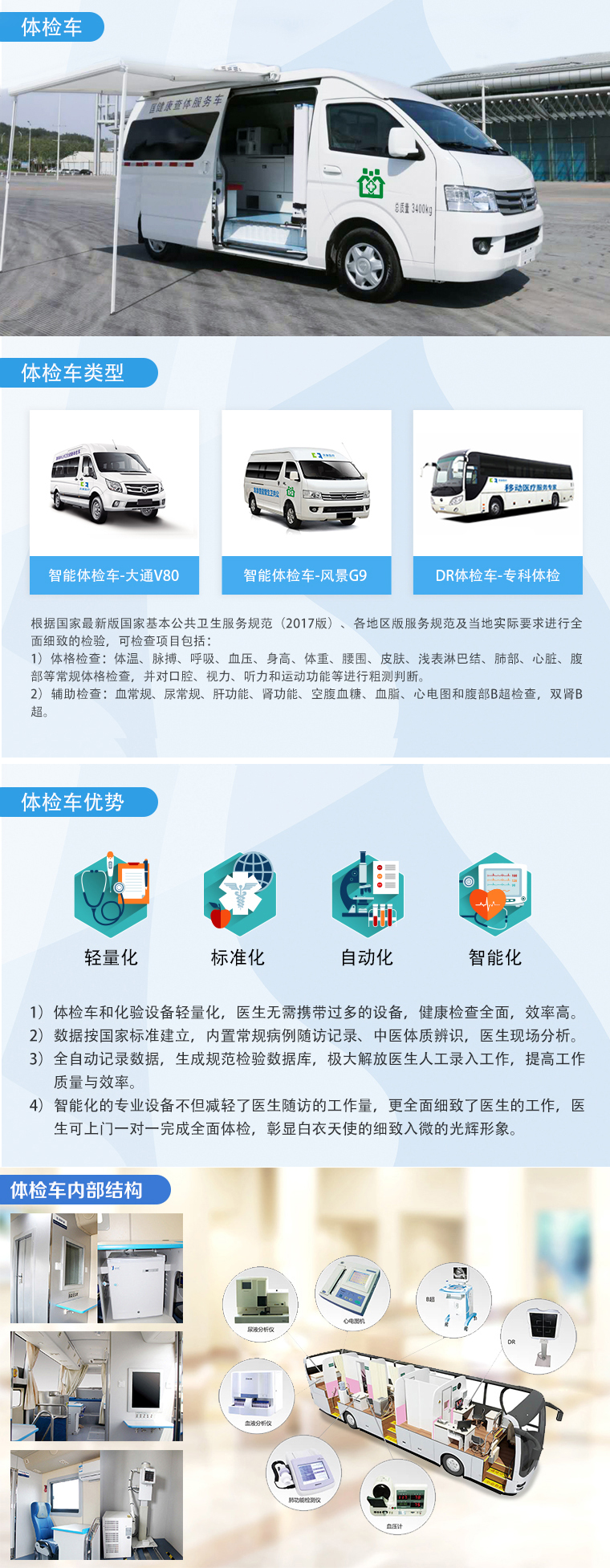ʵ�鰸��
��Ʒ
����
��������ϵͳ��ҽԺ�ڲ�ϵͳ����
- 2023-08-12
- / ԭ��
- 130
This service has provided 41 services of 11 categories for urban and rural residents free of charge in the past years, including the establishment of residents' health records, health education, vaccination, health management of children aged 0 to 6, maternal health management, health management of the elderly, health management of patients with hypertension and diabetes, management of patients with serious mental diseases, reporting and handling of infectious diseases and public health emergencies, and health supervision and management. This is an important aspect of promoting the gradual equalization of basic public health services, a key task of deepening the reform of the medical and health system, and a major livelihood project that benefits thousands of households. The coverage of China's 1.3 billion population is closely related to the health and well-being of the people.
Ȼ���²�ҽ�ƻ�����������ʵ��Ч�����ڿ�����������¼������ݻ�ͨ���ձ������Ĵ�ʹ�㣺
However, grassroots medical institutions often face four major pain points in implementing this service in terms of data exchange such as health record data entry:
���迵����������
In terms of establishing health records
�²�ҽ�ƻ������Լ�ҽ��ϵͳ�ϵIJ�����Ϣ¼�뵽����ƽ̨����������������ԭϵͳû�����ݵ�����Ч��ô�˷��汣����������������
Grassroots medical institutions input patient information from their own medical system into the health record module of the public health platform. If the original system does not have data export function, there is a problem with data collection in this regard;
ϵͳ������Ƿ��
Data communication between systems
�²�ҽ�ƻ������Լ�ϵͳ�빫��ƽ̨���������������ϵͳ����ƽ̨����B/S�ܹ������Լ�ϵͳֻ����������ʹ���������ݻ�ͨ�������ϼ�����
The system of grassroots medical institutions and the public health platform are two relatively independent systems. The public health platform adopts a B/S architecture, and it is even more difficult to achieve data exchange if the system is limited to internal network use.


��ͨ�ӿڷ���
In terms of opening interfaces
��ͨ�ӿ�������������Э��һ�µ������¾�����ʵִ��Ȼ������һ��ƽ��������ټ����²�ҽ�ƻ�����ҽ��ְԱһ��ƽ��IT�侰��ǿ���ҽӿڿ����ı�Ǯ�öȸ߿���ʱ�䳤��
The implementation of interface opening needs to be coordinated and executed by the software manufacturer. However, the manufacturer generally does not cooperate, coupled with the fact that medical personnel in grassroots medical institutions generally have a weak IT background and the high cost and long development time of interface development.
�˹���ȡ�����˹�¼��
Manual data acquisition and manual entry
�����˹�����ԭϵͳ������¼�뵽����ƽ̨��һ���ظ��Ըߵĵ��Բ�������¼�����̻�е��������������Ǯ��˵���������©�����������Ч�ʵ���
The use of manual collection of data from the original system and input to the public health platform is a highly repetitive computer operation. The collection and input process is mechanically tedious, wasteful, and labor-intensive. Not to mention, it is prone to errors and omissions, and the work efficiency is low.
��������ʹ�����ڽ���������������е���ڹ�������ϵͳ��ҽԺ�ڲ�ϵͳ���ݻ�ͨ���������ṩ�˼ƻ���
The software robots that are currently highly sought after in addressing the issue of data exchange between public health systems and hospital internal systems have provided solutions that tend to address the aforementioned pain points:
�����������Զ������������ԭϵͳ�ϵ��������������ٽ����������������һ�ű���Excel������ʽ�����������ݿ������ļ���Ȼ��������¼�뵽����ƽ̨֮����������������ӿڿ������Dz��������������̶Խ���ȥ�˽ӿڿ����öȺͿ�������ʱ�䱾Ǯ����������¼������һ��������е���������������˹���Ԥ������������ȷ��д���ɻ��ʵ�Ч����
It can achieve automated batch data collection on the original system, and then output the collected data into a standard Excel spreadsheet or other database format file. Then batch input it into the public health platform. The entire process does not require interface development, so there is no need to interface with software vendors, which eliminates interface development costs and development time costs. Once the entire collection and input process is run by the software robot, there is no need for manual intervention to achieve rapid and accurate collection and zero error rate filling.
�����ϵ�������е���Ѿ����õ�ʮ���ձ��ڸ��������кܾ��ʵİ������������ݶԽӷ���С��������е�˾���һ��ܾߴ����Ե�����������
The software robots on the market have been widely used and have excellent cases in various fields. But in terms of data docking, Xiaobang Software Robot is a very representative software tool.




